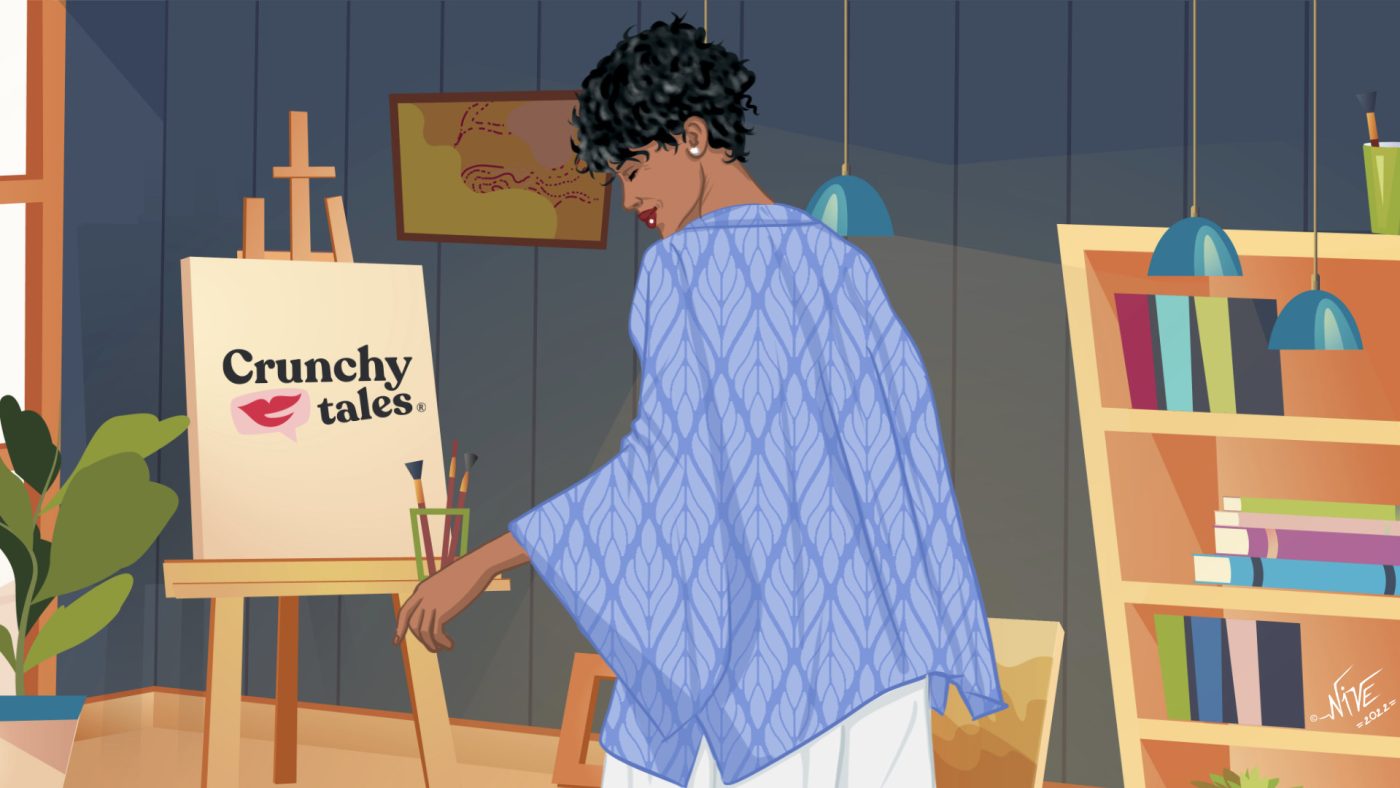Summer Style Tips: How To Wear Kimono Jackets When Over 40
Nothing says summer quite like a kimono-style jacket. These traditional Japanese garments have made a stunning comeback in recent years, capturing the hearts of many midlife women worldwide.
Not only do kimonos exude elegance and grace, but they also offer breathability and comfort, making them a perfect choice for those hot summer days. From timeless floral prints to contemporary colour-block patterns, it’s chic and never goes out of style, making it a sought-after piece in any woman over 40’s well-curated wardrobe.
In fact, whether you’re looking for a cute beach cover-up for your next trip away or an elegant layer to wear to dinner with friends, a lightweight kimono can double up as a cardigan or blazer.
A contemporary version of the classic Japanese garment, available in a variety of lengths and materials including chiffon, velvet, satin and denim (as an alternative to a summer wrap), it usually has a flowy-boxy look and can be easily dressed up or down effortlessly while covering your bum or side lumps.
In this ultimate guide, we will take you through the art of wearing kimonos in summer, from selecting the perfect fabric and colour to pairing them with different outfits to create versatile looks.
History and Cultural Significance of Kimonos
Kimonos are traditional Japanese robes that date back to the eighth century, meaning “thing to wear.”
Worn for special occasions, and universally recognized as the typical dress of Japanese tea ceremonies, classic kimonos are full of symbolism indicating people’s social status and personal identity expressed through colour and decoration.
In traditional kimono dresses for women, the goal is to wear it in a way where the body looks like a tree trunk: no curves, just a straight, thick pole – says Kaky Okumura, well-being and Japanese culture expert at Kakikata-. Why? Because wearing a kimono is not about the body’s appearance, but it’s about showing off the kimono’s fabric and pattern, and you want it to look strong, crisp, and clean.
According to Okumura, instead of worrying about how to make your legs look longer or your waist look narrower, when you wear a kimono you should ask yourself questions like: How can I match the fabric’s colour to the season? What colour obi band matches the dress? What hair accessories would complement the colour accents on the pattern?
That’s probably why these days, modern kimono robes are so popular amongst midlife women. Mostly designed in a T-shape, with square sleeves, these light and versatile outfits are easy to fasten to the body with a sash or belt and come in different fabrics and prices.
Why Kimonos Are Perfect for Summer
When it comes to summer fashion, comfort is key. And kimonos offer just that. Made from lightweight fabrics such as silk, cotton, and linen, they allow your skin to breathe while providing a stylish layer of protection from the sun’s rays. The loose, flowing silhouette of kimonos ensures unrestricted movement, keeping you cool and comfortable even on the hottest days.
Not only do kimonos offer practicality, but they also add a touch of elegance to any summer outfit. Their vibrant colours, intricate patterns, and delicate details make them a statement piece that effortlessly elevates your style. Whether you’re lounging by the pool or attending a summer soirée, a well-chosen kimono can instantly transform your look from ordinary to extraordinary.
Types of Traditional Kimonos for Summer
When it comes to choosing a kimono for summer, there are several options to consider. The most popular styles include:
1. Yukata: A casual, lightweight kimono traditionally worn during summer festivals and events. Yukatas are made from cotton or linen and feature bold, colourful patterns.
2. Ro: Ro: they are kimonos made from sheer silk or gauze-like fabrics, making them perfect for hot summer days. They often feature delicate floral patterns and are worn as an outer layer over a simple summer dress or shorts and a tank top.
3. Happi: A shorter, more casual style of kimono often worn during summer celebrations or as a cover-up at the beach. Happis are typically made from cotton and feature bold, playful designs.
Each type of kimono offers its own unique style and charm. Consider your personal preference and the occasion when selecting the perfect kimono for your summer wardrobe.
How to Style a Kimono
As a rule of thumb, the kimono should take centre stage with your outfit. You don’t want to mix too many design or pattern elements to distract the eye unless they are really in the same colour family and print.
Perfect for a layered look, there’s a kimono for every style whether you prefer the ankle or hip-length.
Short kimonos can be cinched at the waist to enhance the lines of fit and flare dresses or worn open to enhance pencil skirts. Longer styles could add glamour and sophistication to maxi dresses – says American designer Sara Anderson-. Slipping into a kimono can change the look of a revealing dress or skirt from provocative to demure, and you can pair the garments with hats, shoes and accessories for a hippie chic or coquettish vibe.
If you are wondering what to wear with a kimono, jeans are a good place to start. High-rise blue denim trousers, combined with a basic white tee and heels or platform sandals are very much the outfit of the moment. However, kimonos look perfect paired with midi skirts, long dresses and shorts, too.
- Day time
Short or mid-length kimonos usually work best during the daytime as they tend to have more of a casual feel and they can help you create different moods ranging from super feminine to rockstar chic depending on the print you choose and the outfit you put them with. If you prefer, you can even tie it with its sash (or obi) and make it into a blouse that stands on its own.
However, if you are looking more for a cool office outfit, then it’s better to stick to minimal patterns and invest in great fabrics like satin, silk, viscose, modal, and gabardine.
In this way, bringing your short kimono jacket along for your business meeting to brunch with friends won’t be a problem.
- Night out
If you are going for a special night out and you’re a fan of boho style, a winning bet is to wear a duster-length open-front kimono with a fitted or straight dress to create a contrast of volumes and proportions adding verticality to your looks.
Considered a popular choice among trendsetters, opting for a full-length robe is the best way to look expensive without the added effort. In this case, if your kimono incorporates a lot of colour and design, then keeping the rest of the look subtle is a must. A pair of gorgeous heels, a simple clutch bag and a statement necklace will make this look work.
Final style-notes
When purchasing a kimono, consider factors such as quality, authenticity, and ethical production practices and opt for retailers and brands that prioritize sustainability and fair trade.
If you are looking for a slimming effect, try to stay away from those kimonos having batwing sleeves as slightly more fitted options tend to look more flattering by avoiding extra volume where you don’t need it.
Also, if you are a bit unsure which style to wear, know that in general a mid-length style generally comes to just above the knee and adds instant elegance and glam to most outfits, while the longer one is great for having some fun with layers. On the other hand, a shorter length works well with a tight-fitting dress or pencil skirt.
Knee-length styles are best suited to ladies with height, but the shorter versions are suited to us all – says fashion stylist Angie Cox co-founder of YouLookFab– Make sure that you bare sufficient forearm skin to give the jacket some structure. Create further structure with lower necklines, shorter hemlines, formfitting underlayers, and tailored footwear.
Finally, kimono jackets are a wonderful accessory that can add colour, layers, warmth, and style to your outfit. Don’t be afraid of experimenting with different ways of wearing your kimono robe, pair it with your favourite swimsuit or dress and pack it straight away in your suitcase. You will not regret it!
Like this post? Support Us or Sign up to our newsletter to get more articles like this delivered straight to your inbox!





